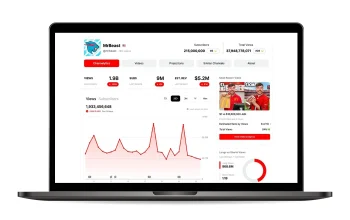Management information systems (MIS) are a great way to present company data and results in a logical and easy-to-understand format. Internal reports include all pertinent data in a logical manner, and they allow for the creation of executive summaries that can be reviewed by senior company executives. They also allow for easy sharing of findings among the company’s employees. These systems are also helpful in ensuring the quality of decisions.
MIS programs are typically graduate-level, although undergraduate classes can be as well. Graduate-level courses also offer focused knowledge in the field. Many of these courses can be used toward a graduate degree in many fields, including business and IT. Both are excellent preparation for a career in MIS. In addition to technical rigor, students can expect a high school curriculum that includes math and computer courses. Once they graduate from MIS, they can be placed in a position as a consultant, developer, or programmer, among others.
As the importance of information-rich business data grows, MIS has evolved to include different types of information technology. One such advancement is the development of client-server networks. This technology allows managers to access information and databases stored on company servers anytime, anywhere. Additionally, the widespread adoption of Wi-Fi networks allows managers to access their Management Information System anytime, from any place. And, MIS is more than just data – it is also increasingly mobile.
A management information system can be costly. In addition to purchasing the software package and implementing specialized IT personnel, companies will also need to train employees in its use. In addition, these systems are often used by front-line employees, who have to input and collect data, resulting in less time for more productive activities and higher salary expenses. MIS is a major investment for a business, so it is crucial to weigh the benefits against the costs.
An MIS can collect any type of data, and it helps managers analyze the results. They can pinpoint areas for improvement by comparing staffing levels, revenue, and marketing expenditures. These data are only possible if they are processed using MIS. It can also help staff members collaborate more effectively. Employees at all levels can view documents and share relevant information. There is no limit to the uses of MIS for business. And as they are increasingly integrated into businesses, the potential benefits are enormous.
The evolution of personal computers has paved the way for today’s Management Information Systems. The first MIS systems were primarily Apple II and IBM PC, which were both friendly to businesses. VisiCalc, which meant “visible calculator,” was created for the Apple II and later ported to the IBM PC. These technologies paved the way for more efficient interaction with information. By the mid-80s, personal computers had become affordable enough for the mass market. In addition, software like Microsoft Multiplan, Excel, and Lotus 1-2-3 became available and suited for business use.
There are a number of benefits to studying MIS. The field blends technology with the study of people. You don’t need to be a computer scientist or a programmer to be successful in this field. MIS graduates are well-versed in people skills and project management, which makes them ideal for management positions. This is a highly valuable combination for anyone looking to make a difference in their organization. If you have the drive and desire, you’ll be well on your way to a rewarding career.




